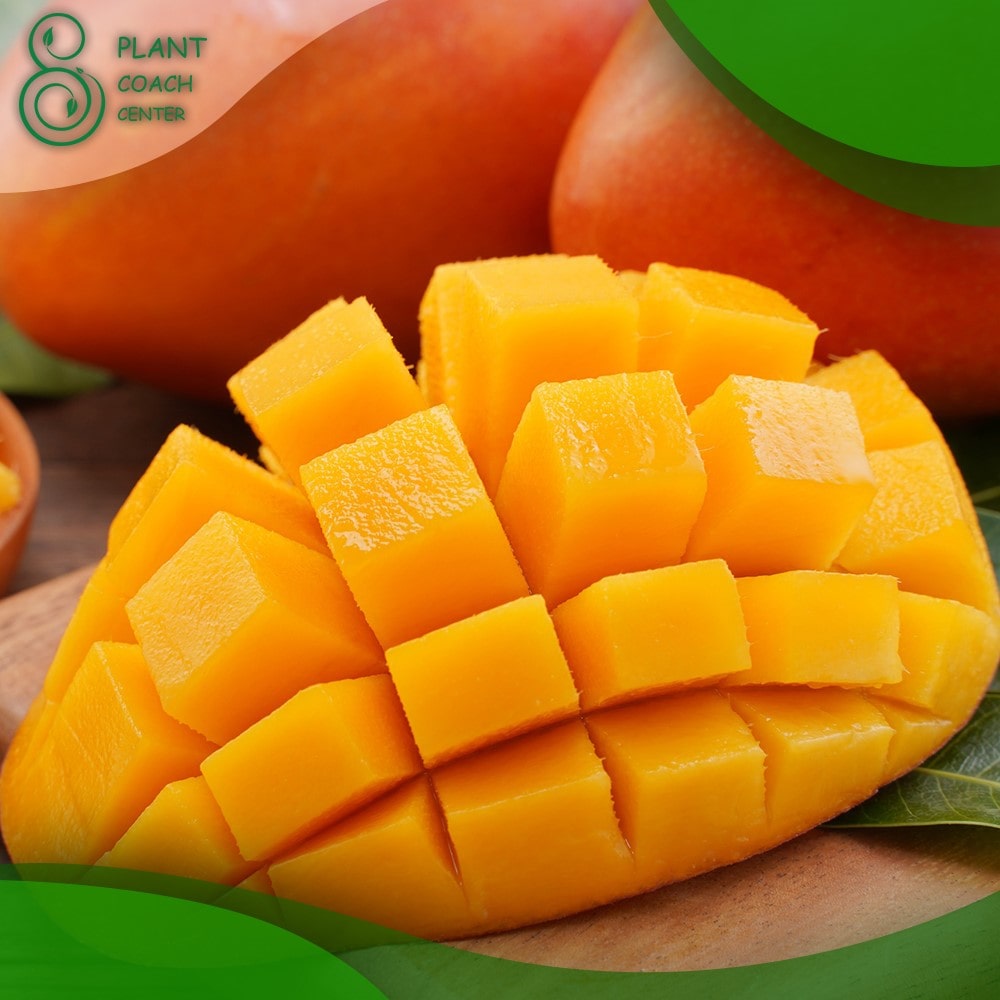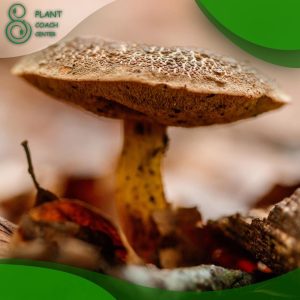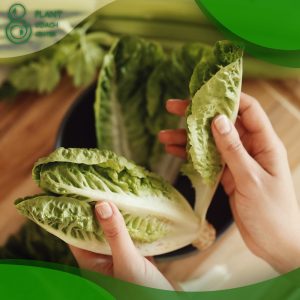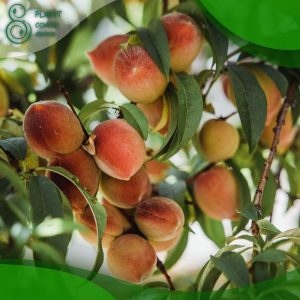Introduction
Welcome to a journey that will take us into the world of mangoes. From the seed to your plate, we’ll explore every process of how mangos grow. By the end, you’ll be well-equipped with knowledge not just for trivia night, but also if you decide to grow a mango tree in your backyard. So, let’s dive right in.
The Mango Tree
Origin and Distribution
The mango tree, scientifically known as Mangifera indica, is believed to have originated in the lush region of Southeast Asia and India. Today, it has adapted to various climates worldwide, making mangoes a global fruit.
Types of Mango Trees
There are several types of mango trees, but the most popular ones are the Alphonso, Kent, and Haden. Each brings a unique flavor to the table, contributing to the diverse culinary world of mangoes.
How Do Mangos Grow?
The Mango Seed
Like any great story, the life of a mango begins with a small seed. This seed sprouts a new plant, marking the start of a journey that, under ideal conditions, will lead to a fruitful tree.
Growing Conditions
Mangoes love the sun and require a tropical or subtropical climate to flourish. They need well-drained soil and ample space to grow.
Planting Process
To grow a mango tree from a seed, you need to prepare the seed, decide on the location, and follow a planting process that ensures the best chance for the seedling to thrive.
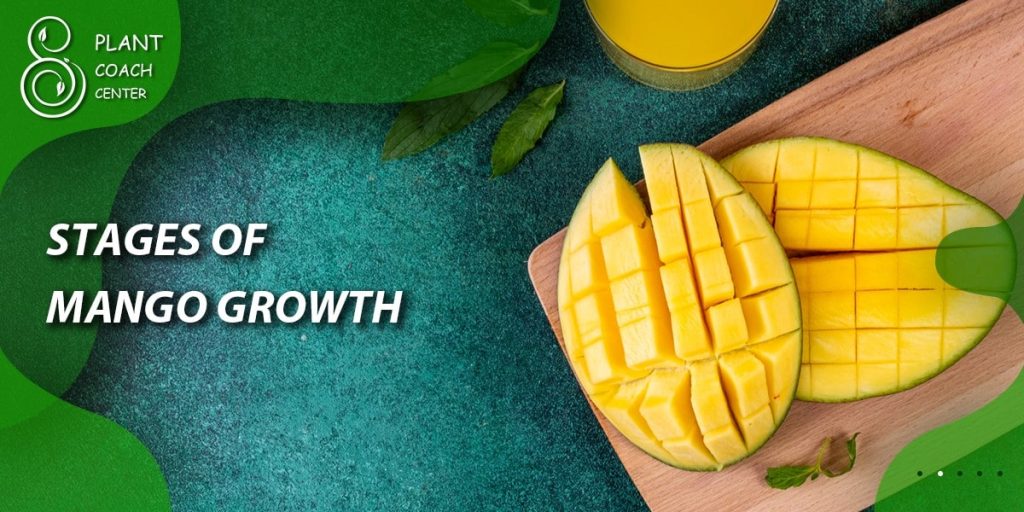
Stages of Mango Growth
The mango tree goes through several stages of growth, from a seedling, a young plant, to a mature tree bearing fruits. Each stage comes with its challenges and rewards.
Mango Cultivation
Soil Preparation
The right soil can make a significant difference in how well mangoes grow. Well-draining soil with a pH between 5.5 to 7.5 is ideal for mango cultivation.
Mango Plantation
Planting mango trees involves selecting a sunny spot, ensuring enough space between trees, and providing the right nutrients at the time of planting.
Mango Irrigation
While mangoes are drought-resistant, they require regular watering, especially during the flowering and fruiting stages.
Mango Tree Care
Fertilizing the Mango Tree
For optimal fruit production, mango trees need a balanced fertilizer. A mix of nitrogen, phosphorus, and potassium can support the tree’s health.
Pruning the Mango Tree
Pruning helps to maintain the tree’s shape, removes diseased or dead wood, and promotes better fruit production.
Protecting from Pests
Common pests that affect mango trees include aphids, mango scales, and powdery mildew. Regular inspections and appropriate pest control methods ensure a healthy tree.
Harvesting Mangoes
When to Harvest
Identifying the right time to harvest can influence the taste and quality of the mango. A slight change in color and a sweet aroma indicate that the fruit is ready to be picked.
How to Harvest
Harvesting must be done carefully to avoid damaging the fruit. It’s best to cut the stem with a sharp blade, leaving a small stub.
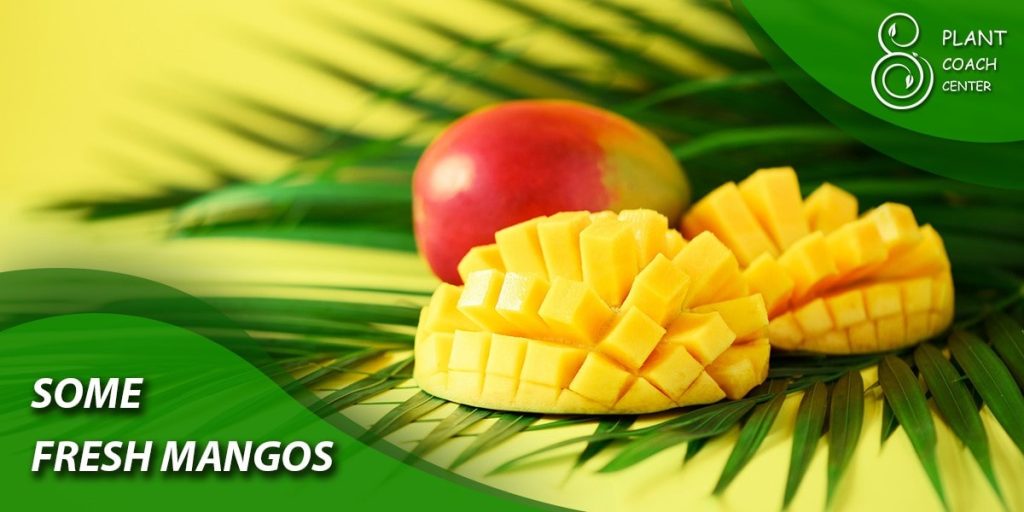
Uses of Mangoes
Nutritional Value
Mangoes are a powerhouse of vitamins and minerals, making them an excellent addition to a healthy diet.
Culinary Uses
The versatility of mangoes is evident in their extensive culinary uses. From salads, smoothies, to exotic main courses, mangoes add a tropical twist to dishes.
Do you have any other book recommendations for growing fruit trees?
1. The Fruit Gardener’s Bible: A Complete Guide to Growing Fruits and Nuts in the Home Garden” by Lewis Hill and Leonard Perry – This comprehensive guide covers everything from soil preparation, planting, and caring for fruit trees to harvesting the fruits.
2. The Backyard Orchardist: A Complete Guide to Growing Fruit Trees in the Home Garden” by Stella Otto – This book provides easy-to-follow instructions, helping you understand the basics of fruit tree care.
3. Grow a Little Fruit Tree: Simple Pruning Techniques for Small-Space, Easy-Harvest Fruit Trees” by Ann Ralph – This book offers a revolutionary approach to pruning for small-space fruit trees.
4. Fruit Trees for Every Garden: An Organic Approach to Growing Apples, Pears, Peaches, Plums, Citrus, and More” by Orin Martin and Manjula Martin – This book blends the author’s deep knowledge from years of teaching organic horticulture with fun, creative, and accessible techniques for the home gardener.
5. The Holistic Orchard: Tree Fruits and Berries the Biological Way” by Michael Phillips – This book is particularly recommended for those interested in organic and holistic approaches to fruit tree care.
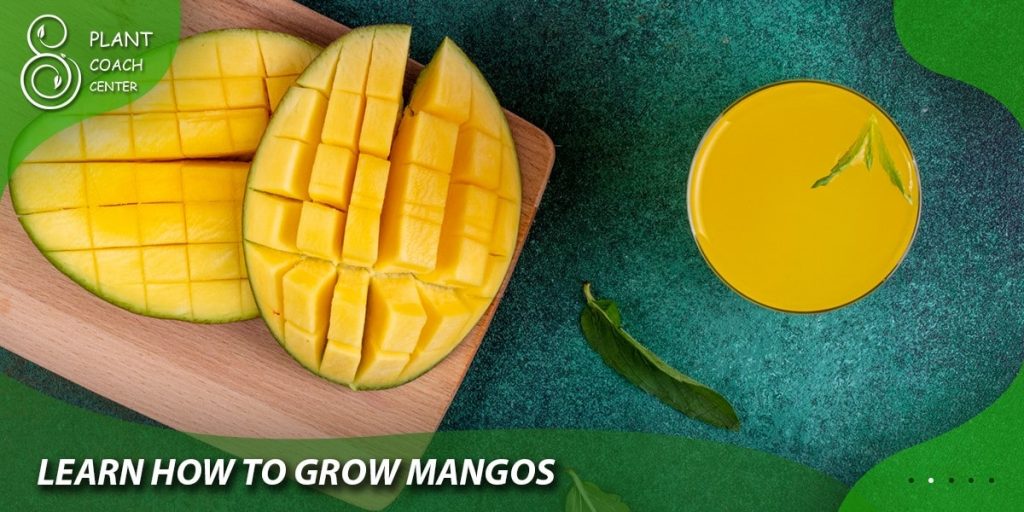
Do you have any tips for implementing organic approaches to fruit tree care?
Organic approaches to fruit tree care are environmentally friendly and can contribute to healthier, more sustainable gardens. Here are some tips:
1. Use Organic Fertilizers: Organic fertilizers provide nutrients to your fruit trees without harming the environment. They can be made from plant waste (compost), animal waste (manure), bone meal, fish emulsion, or commercially available organic blends.
2. Implement Composting: Composting is a great way to recycle your kitchen and garden waste. It enriches your soil, retains moisture, and keeps plant diseases at bay.
3. Practice Crop Rotation: This method involves growing different types of crops in the same area over sequential seasons. It helps to prevent the buildup of pests and diseases that can occur when the same crop is planted repeatedly in the same spot.
4. Use Natural Pest Control Methods: There are many natural ways to control pests including using beneficial insects, birds, and bats. You can attract these natural predators by providing a habitat for them. For instance, ladybugs and lacewings can be attracted by planting flowers they like or by buying them from a garden center.
5. Mulching: Mulching helps to conserve moisture, deter weeds, and maintain soil temperature. Organic mulches include straw, compost, and shredded bark.
6. Use Disease-Resistant Varieties: Choosing disease-resistant fruit tree varieties can cut down on the amount of care needed to keep your trees healthy.
7. Regular Pruning: Regular pruning helps to increase airflow and sunlight, reducing the risk of disease. It also helps to improve the tree’s structure and encourages better fruit production.
8. Water Wisely: Overwatering can lead to diseases. Water deeply but infrequently, ensuring the water reaches the tree’s root zone.
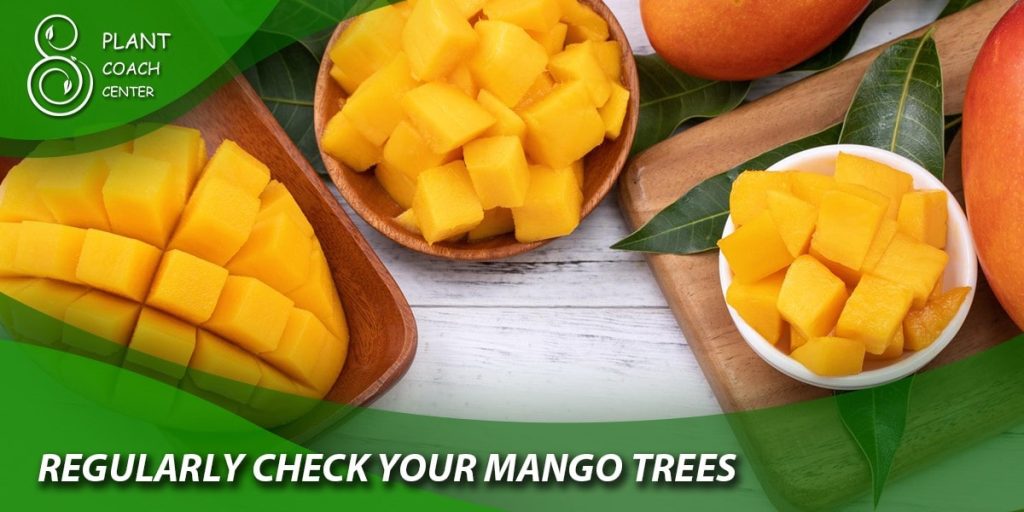
9. Regular Monitoring: Regularly check your trees for signs of pests or disease. Early detection can make treatment much more effective.
Remember, organic gardening is a long-term approach and it can take some time to see results. But with patience and persistence, you’ll be rewarded with healthier trees and tastier fruit!
Conclusion
Growing mango trees isn’t as daunting as it seems. With the right knowledge and care, you can enjoy home-grown mangoes that are as rewarding to harvest as they are to eat. So, why not give it a try?
What is the best time to plant a mango tree?
The best time to plant a mango tree is in the early spring.
Do mango trees need a lot of water?
Mango trees, while drought-resistant, do need regular watering for optimal growth.
How long does it take for a mango tree to bear fruit?
It typically takes a mango tree between 5 to 8 years to bear fruit.
Why are my mangoes not ripening?
Mangoes may not ripen due to inadequate sunlight, insufficient watering, or lack of certain nutrients. It’s important to ensure that your tree is receiving balanced care.
Can I grow a mango tree indoors?
Yes, you can grow a mango tree indoors, but it requires a significant amount of sunlight and space. Dwarf varieties are more suitable for indoor cultivation.
How do I know if my mango tree is healthy?
A healthy mango tree has lush, green leaves, and during the fruiting season, it should produce high-quality mangoes.


